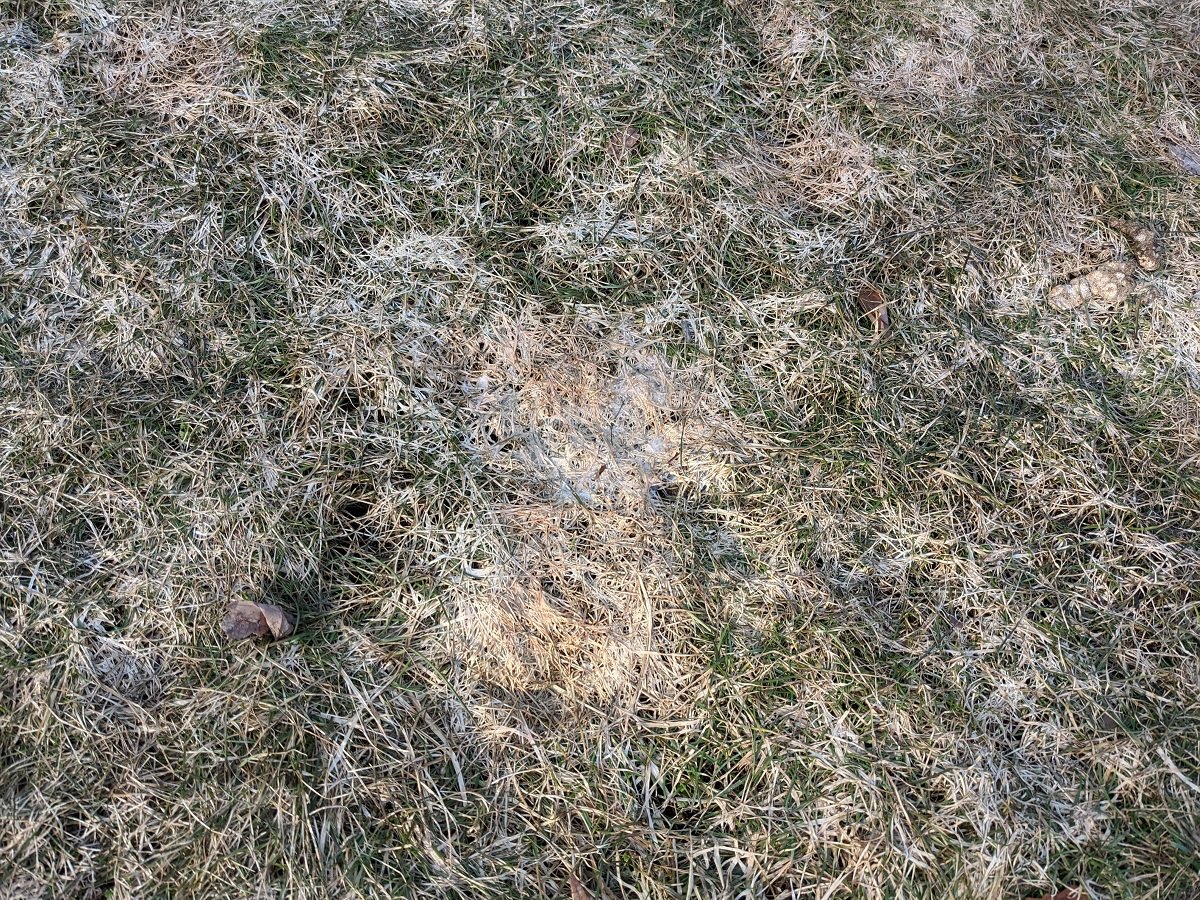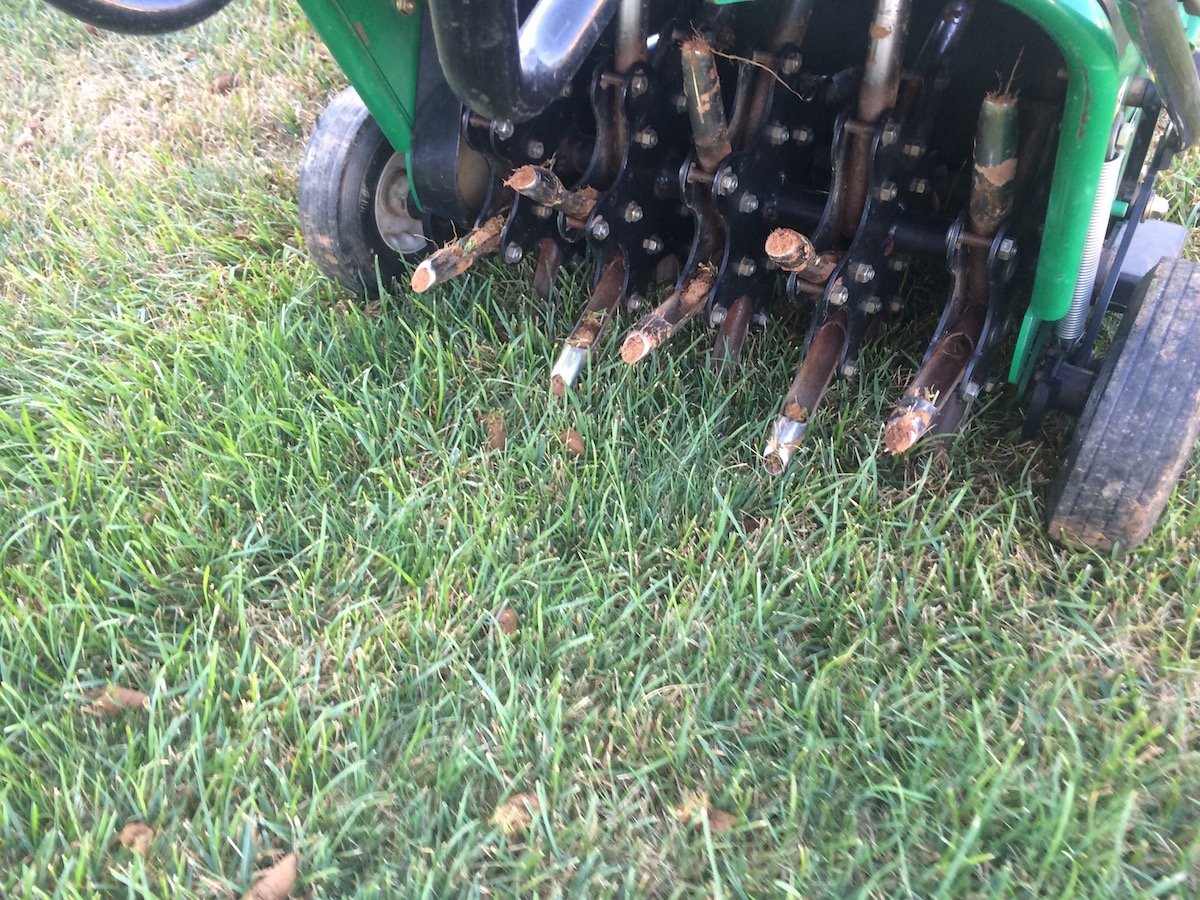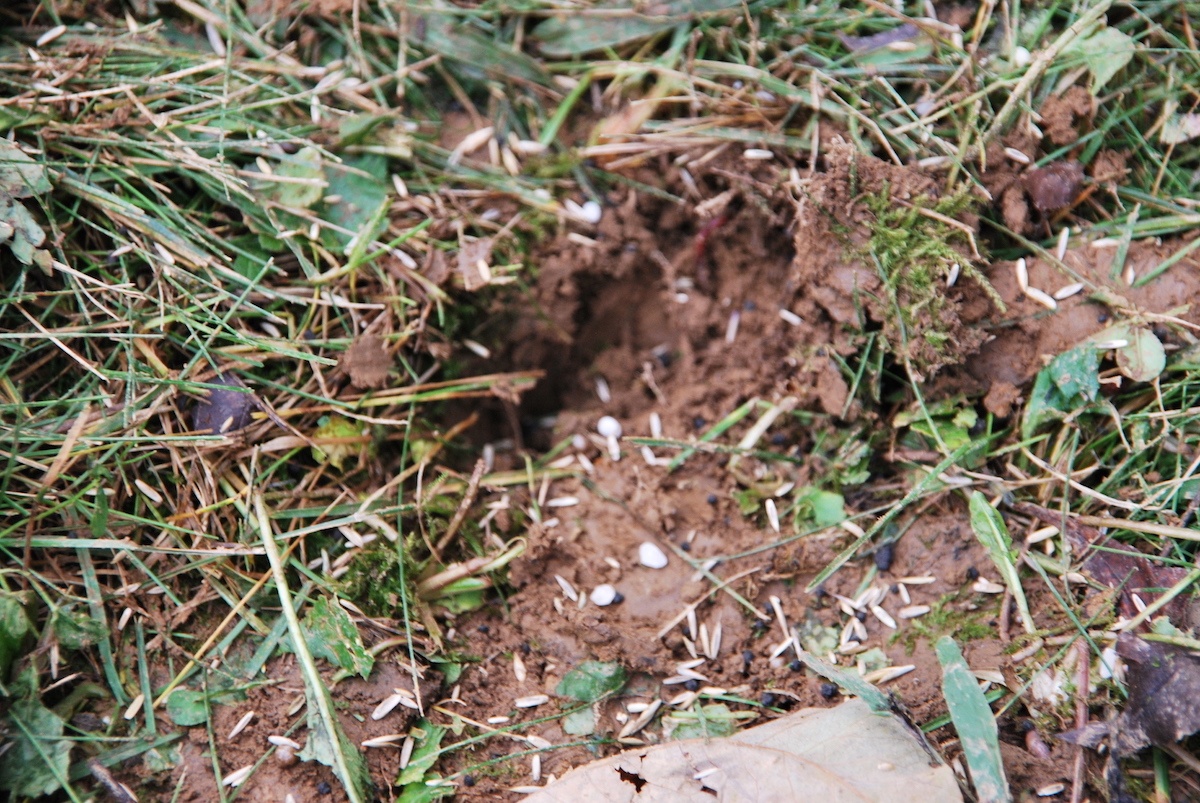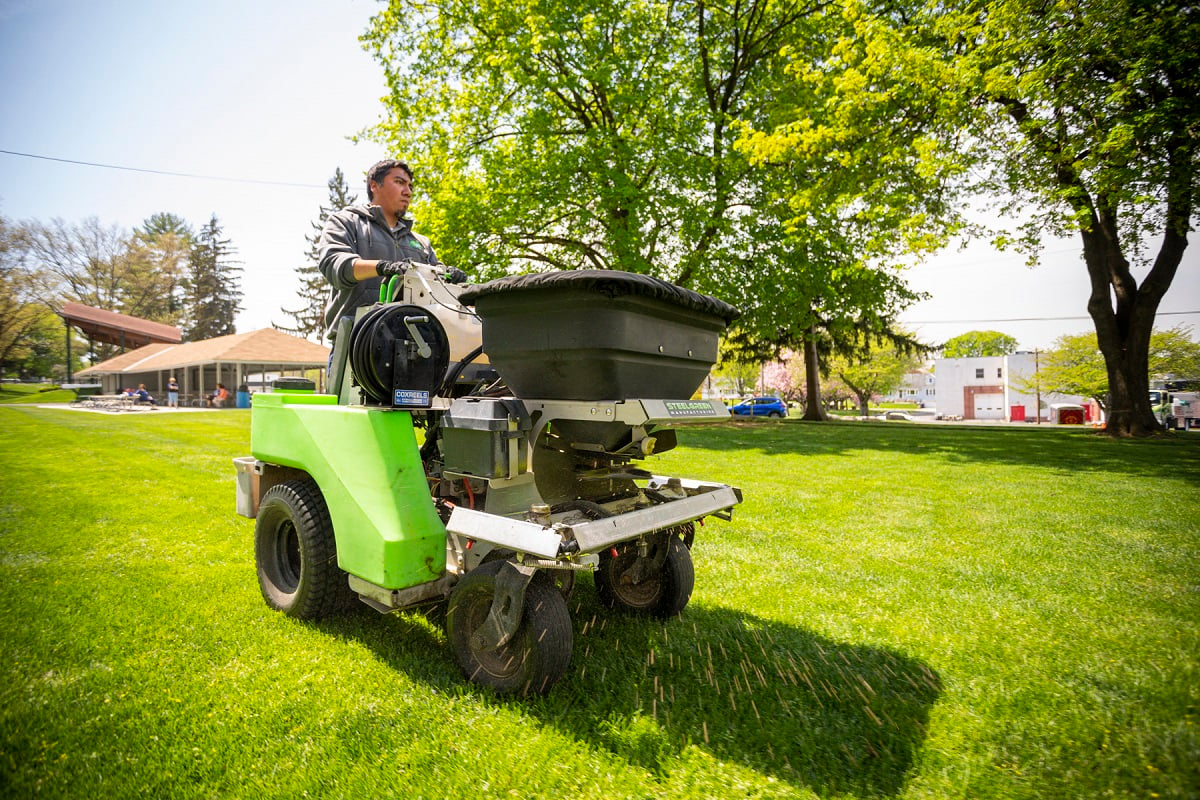As the weather starts to warm up and you start spending more time outside, you want your lawn to bounce back from dormancy as quickly as possible. But as the snow begins to melt, it’s possible you could come face to face with something seemingly alarming—snow mold!
While homeowners are often taken aback by the sight of snow mold (mostly because it was unexpected), we promise it’s not something to get too upset over. Most of the time, it resolves without damage.
But just to be sure you’re fully “in the know,” we’ve rounded up some tips on how to identify snow mold in your lawn and what to do about it.
What is Snow Mold?
First and foremost, we want to define what snow mold is so that you can understand what you’re dealing with. If you have never seen snow mold you might have no idea what it would even look like.
Snow mold is pretty much exactly what its name says. It is mold that is found underneath the snow. As far as how to identify snow mold, it’s something that you would see in the early spring, as the snow clears.

As the snow melts, if you notice patches of pink, gray, or white growth on your lawn, then you’re likely dealing with snow mold.
Snow mold is a type of fungus that thrives under snow. There are two main kinds of snow mold: pink and gray. Pink snow mold is potentially more damaging than gray. Snow mold can cause small areas of the grass to die, though, in a vast majority of cases, lawns really do bounce back pretty quickly from a bout of snow mold.
How to Get Rid of Snow Mold
If a client finds snow mold when the snow clears, then we typically advise that they gently rake the area to loosen up any matted down grass and allow the soil to dry out more quickly. That’s the best course of action for any snow mold that you’re currently dealing with.
Going forward, you’ll want to take steps to prevent snow mold in the first place.

As the weather warms up and the lawn dries out, you’ll get a better idea of whether any damage was done from the snow mold. If you’re not dealing with much damage, it will grow out and resolve itself. If you’ve lost any areas to snow mold and have some bare patches, then we would recommend aeration and overseeding in the fall to fill these in.
Preventing Snow Mold in the First Place
In the future, you’ll definitely want to take some steps to prevent snow mold from occurring.
Some of the recommendations that we would make include mowing the lawn shorter during the final cut and making sure any leaves and debris are not left on the lawn ahead of snowfall. Leaving debris in the yard can create a sort of “incubation zone” for the snow mold to grow.

Having aeration and overseeding performed annually can also make a difference as it will really help to aerify the lawn and keep it healthy.
Finally, if you have any drainage problem areas where the lawn tends to stay really wet, these should also be fixed so that the lawn can dry out and snow mold won’t have as much of an opportunity to grow.

While there are preventative fungicides out there, in our experience, they are rarely necessary. We can generally help customers to prevent snow mold by implementing some of these cultural practices as well as spotting the snow mold early and raking it out.
And don’t be afraid to say something to your lawn care technicians if you notice snow mold. They’ll already be looking for it but if you know it’s there, point it out. Your lawn care technician is there to be a helpful guide and answer your questions about snow mold or anything else your lawn might be experiencing.
A Beautiful and Thriving Lawn that You Love
We know that lawn problems can be stressful and snow mold is no different. You want to get your spring season off to an amazing start and finding snow mold can feel like a setback.
But we promise that snow mold is usually something that clears up pretty quickly and doesn’t cause too many problems. It’s not something that we make a big fuss over.
Instead, we make sure that homeowners are well-educated on what is snow mold so that they won’t panic if they see it.
We also make sure they are educated on how to get rid of snow mold, and perhaps more importantly, how to prevent it in the first place.
By taking some of these steps, you can quickly get back to enjoying your lawn. While snow mold is only one of many problems that your lawn could face, you also know that you have a lawn care pro on your side that is ready to help.
In fact, by choosing the right lawn care professional, you’ll be able to feel confident that your lawn is in good hands. That smart decision will ensure you have the beautiful and healthy lawn that you desire without lawn problems holding you back.
With the right care for your lawn, you’ll gain valuable peace of mind. If you’re interested in having your lawn inspected and its health assured, contact us for a free quote or give us a call at 833-JTE-TREE.



